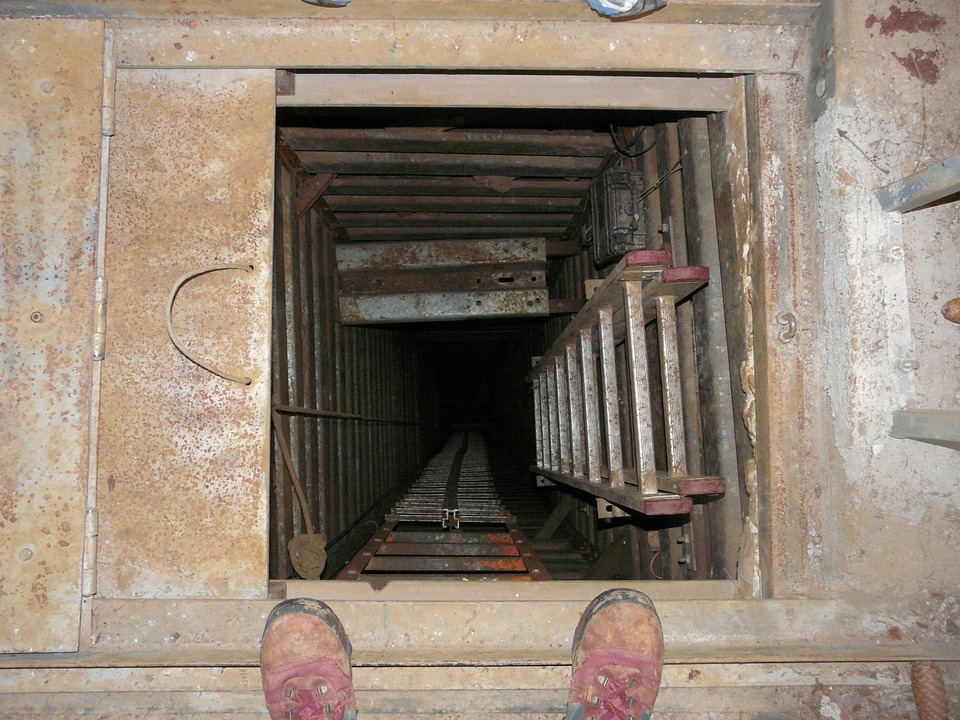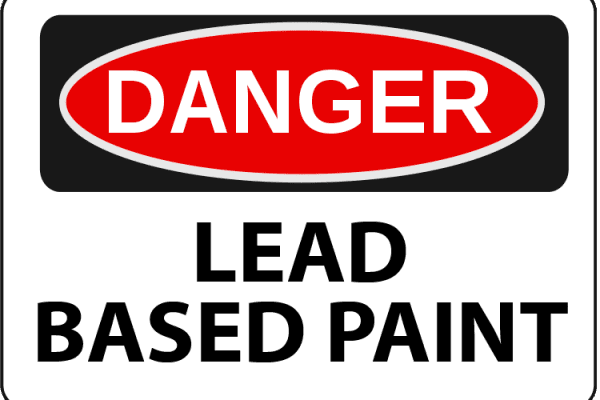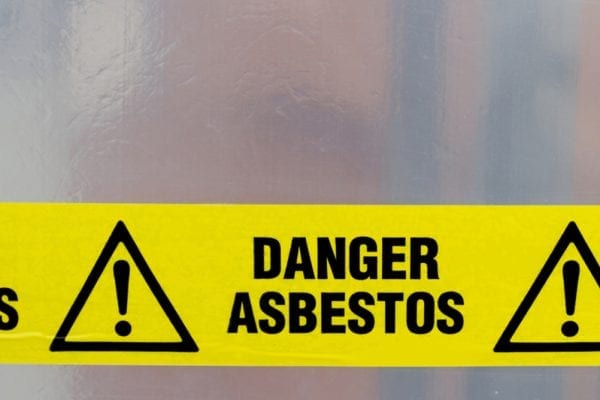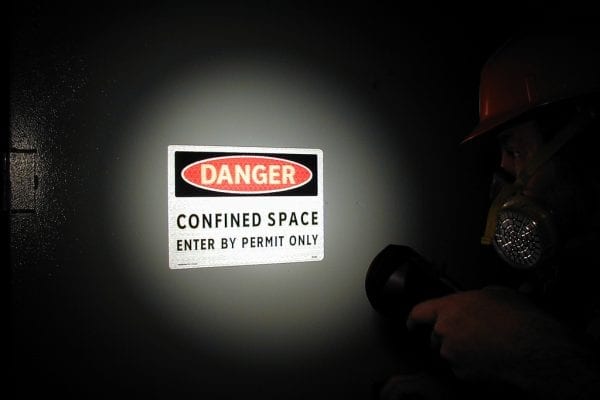When it comes to construction and maintenance, “confined space” doesn’t just mean any small room. The phrase has a specific meaning as defined by OSHA, and it pays to only hire contractors with the proper training to manage their work safely in confined spaces.
OSHA defines a confined space as a work area that is:
- Large enough for an employee to enter,
- Has limited means of entry or exit, and
- Is not designed for continuous occupancy.
Examples of confined spaces include manholes, crawl spaces, ductwork, pits, shafts, vaults, and storage tanks. Hospitals contain many such spaces, due to the complexity of their supporting systems. Such spaces can present special and sometimes extraordinary hazards to workers due to potential accumulation of toxic fumes, lack of oxygen, and other physical and air quality issues. According to OSHA, accidents in confined spaces cause about 90 deaths per year.
To improve worker safety in confined spaces, OSHA’s 29 CFR 1926, Subpart AA regulation states that before maintenance or construction work begins on a worksite, “each employer must ensure that a competent person identifies all confined spaces in which one or more of the employees it directs may work.” They are also required to identify any spaces that qualify as “permit-required confined spaces.”
A “permit-required confined space” is a confined space that meets any one or more of the following criteria (from OSHA’s confined spaces page):
- It contains or has the potential to contain a hazardous atmosphere
- It contains material that has the potential to engulf an entrant
- It has walls that converge inward or floors that slope downward and taper into a smaller area that could trap or asphyxiate an entrant
- It contains any other recognized safety or health hazard, such as unguarded machinery, exposed live wires, or heat stress.
When such spaces are identified, the employer is required to take specific measures to protect the safety of their workers. These measures may include notifying workers, preventing entry, eliminating likely dangers, and creating a written program that complies with OSHA Standard 1926.1204.
Mitigation solutions may include forced ventilation of the area, provision of easier entry and exit from the area, air quality monitoring, the wearing of protective gear while in the confined area, the provision of barriers to prevent accidental falls and/or the entry of foreign objects, and/or other measures as defined under OSHA Standard 29 CFR 1926 Subpart AA.
Any time your facility will undergo renovation, construction, or maintenance that has the potential to involve a confined space, it’s important to know that your contractors are familiar with OSHA’s confined spaces regulations, and that they are capable of and committed to following all relevant procedures to ensure the safety of their workers while on your premises.
For more information and to schedule a confined space evaluation, contact GLE’s experienced professionals today.






